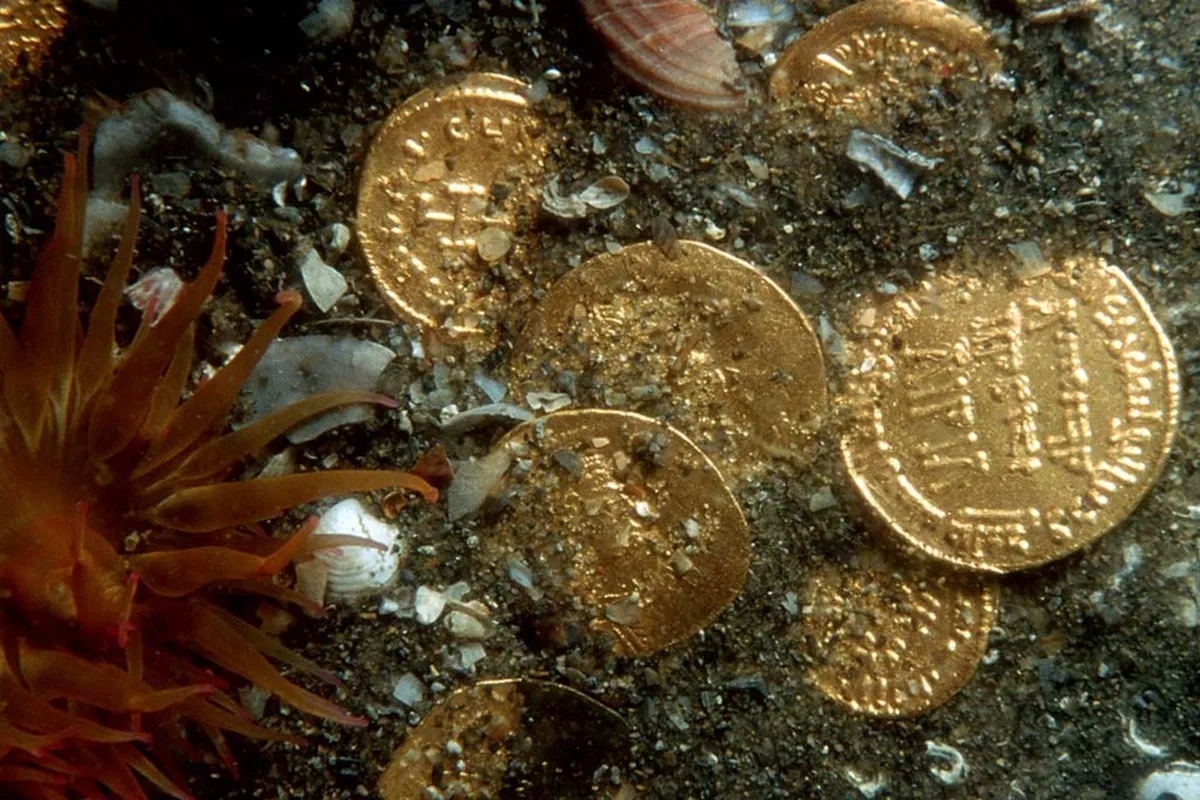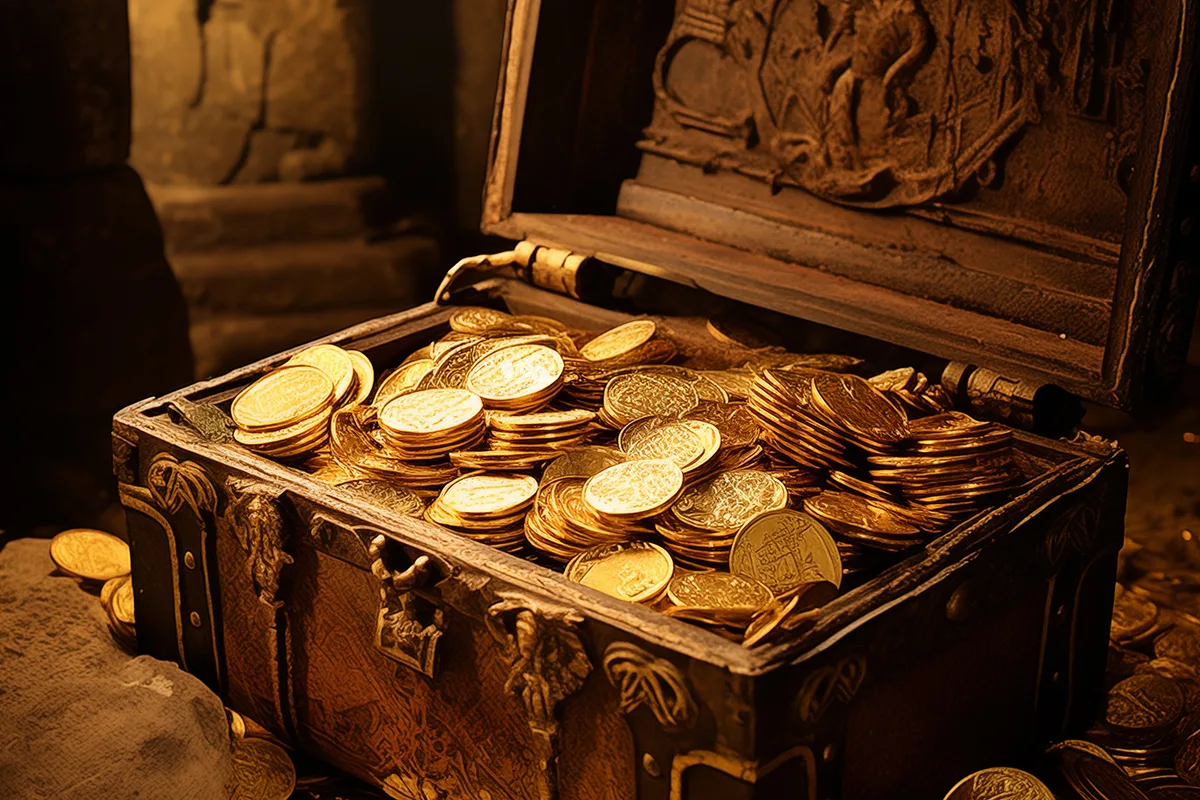This is not the first treasure found in this area.
A chest containing more than 1,000 silver coins (reales), 5 gold coins (escudos) and other ‘rare gold artefacts’ found in a Spanish galleon off the coast of Florida.
Hidden beneath the turquoise waters in a stretch of Florida known as the ‘Treasure Coast,’ a team of divers from a shipwreck recovery company has discovered just that: an ancient Spanish treasure worth approximately one million dollars.
The ships of the “Fleet of 1715” departed from Havana, Cuba, bound for Seville with cargoes, including treasures for Spain, a country that had been at war for 12 years and was seeking to strengthen its economy with the wealth acquired in Central and South America.
Historians estimated the loss of up to $400 million in gold, silver and jewels during a storm, ‘one of the greatest maritime tragedies, and treasures, in America,’ the company said.
Known as ‘pieces of eight,’ the coins were minted in Mexico, Peru and Bolivia during the colonial era, and many of them retain legible dates and marks indicating in which city or workshop they were made.
Centuries ago, a fleet of Spanish ships laden with gold, silver and jewels taken from the New World was sailing back to Spain when a hurricane wrecked the flotilla on 31 July 1715, spilling its treasures into the sea, according to the 1715 Fleet Society.
Over the years, treasure hunters and explorers have found millions of dollars in gold coins from the 1715 Fleet in a coastal area stretching from Melbourne to Fort Pierce.
The dates and mint marks are still visible on some of the recently recovered coins, the company noted, a boon for historians and collectors seeking more information about the lost treasure.
‘This discovery is not only about the treasure itself, but also the stories it tells,’ Sal Guttuso, the company’s chief operating officer, said in a statement. “Each coin is a piece of history, a tangible link to the people who lived, worked and sailed during the Golden Age of the Spanish Empire. Finding 1,000 of them in a single expedition is both rare and extraordinary.”
Guttuso’s team employs divers and a fleet of boats, and uses underwater metal detectors, as well as combing the sand manually or sucking it up from the ocean floor, according to the public notice for a federal permit application filed by the company.
Florida officials announced last year the recovery of dozens of gold coins stolen from the wreck. The suspect was identified as a relative of the crew hired by 1715 Fleet – Queens Jewels LLC to work on the site.

Florida law states that any ‘treasure’ or other historical artefact “abandoned” on state-owned land or in state waters belongs to the state, although excavators may be allowed to carry out ‘recovery services’. The law requires that approximately 20% of the archaeological material recovered be retained by the state for research collections or public display.
Guttuso told The Associated Press that his team develops a detailed inventory of all artefacts collected each season for review by the state. Florida officials select up to 20% of the items for preservation, in a negotiation process that is ultimately approved by a federal court. The remaining artefacts are divided equally between the owners of the salvage company and its subcontractors, Guttuso said. ‘We want to do it right,’ he said.
‘And this benefits the people of Florida. These things end up in museums,’ he said of the treasures.





